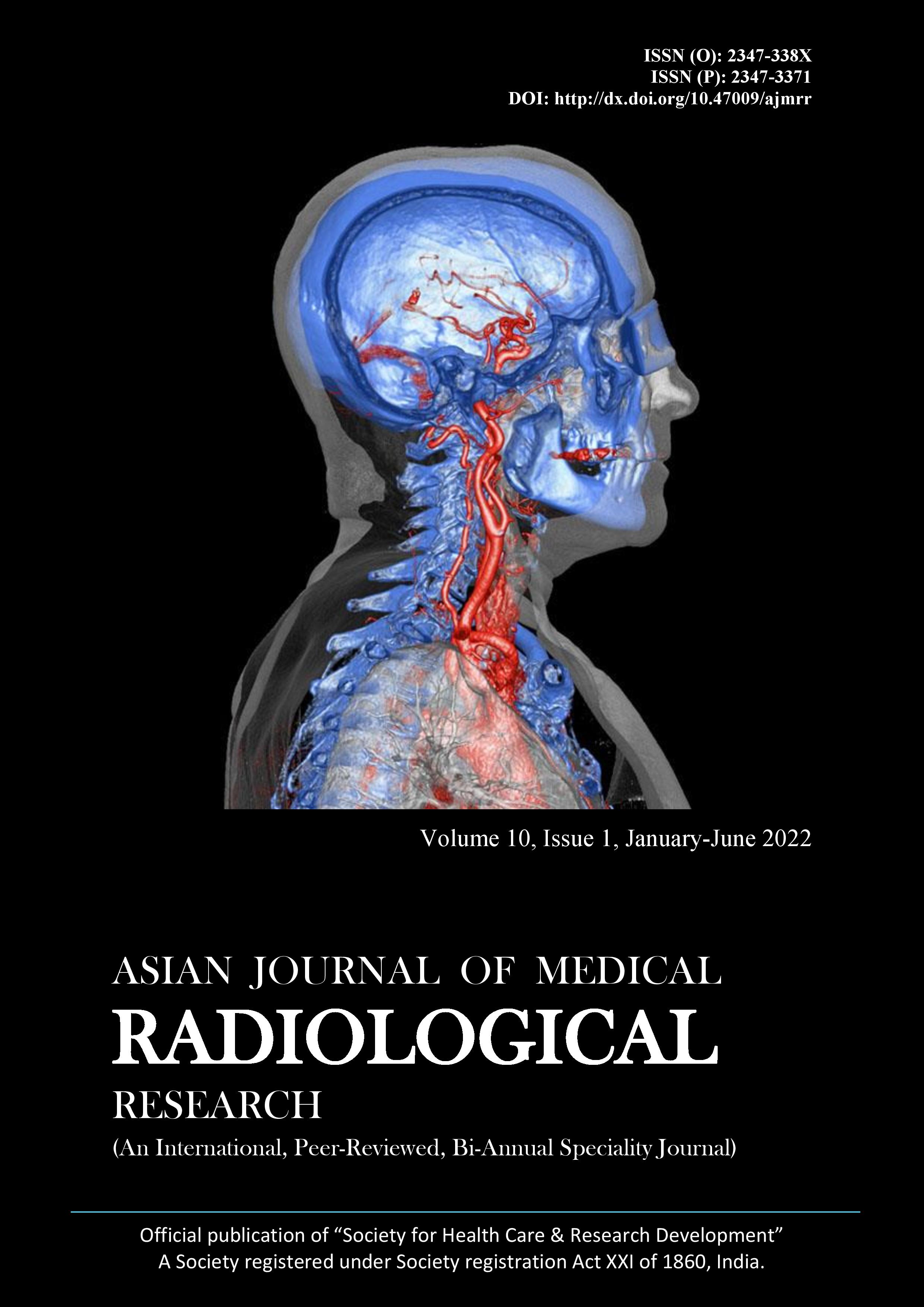Role of Tissue Harmonic Imaging in Evaluation of Focal Liver Lesions
Tissue Harmonic Imaging in Evaluation of Focal Liver Lesions
Abstract
Background: Tissue Harmonic Imaging is based on phenomenon of non-linear distortion of an acoustic signal as it travels through the body. Tissue harmonic imaging has a higher signal-to-noise ratio and fewer side lobe artefacts, allowing for better scanning of obese patients and those with weak acoustic windows, as well as solid and cystic distinction. Subjects and Methods: Over the course of six months, we studied 140 patients with liver lesions who were referred to the department of radiodiagnosis at Narayana Medical College in Nellore. Study was performed on GE Voluson expert 730 ultrasound machine using conventional gray- scale and Tissue harmonic imaging (THI) for assessing role of sonography. Two observers used both conventional sonography and tissue harmonic imaging to study 140 patients. Results: The study comprised 140 liver lesions, with the first observer ranking THI as better than conventional sonography in 108 lesions (77.1%) for overall image quality and the second observer ranking THI as better than conventional sonography in 100 lesions (71.4%). There was good agreement between two observers for the same (Kappa value 0.64). Conclusion: Harmonic imaging improves image quality and improves visualization of internal detail of the lesions. Routine use of harmonic imaging in evaluating all focal liver lesions is recommended.
Downloads
Copyright (c) 2022 Author

This work is licensed under a Creative Commons Attribution 4.0 International License.






